Home>Furniture & Design>Bathroom Accessories>What Is Bathtub Resurfacing
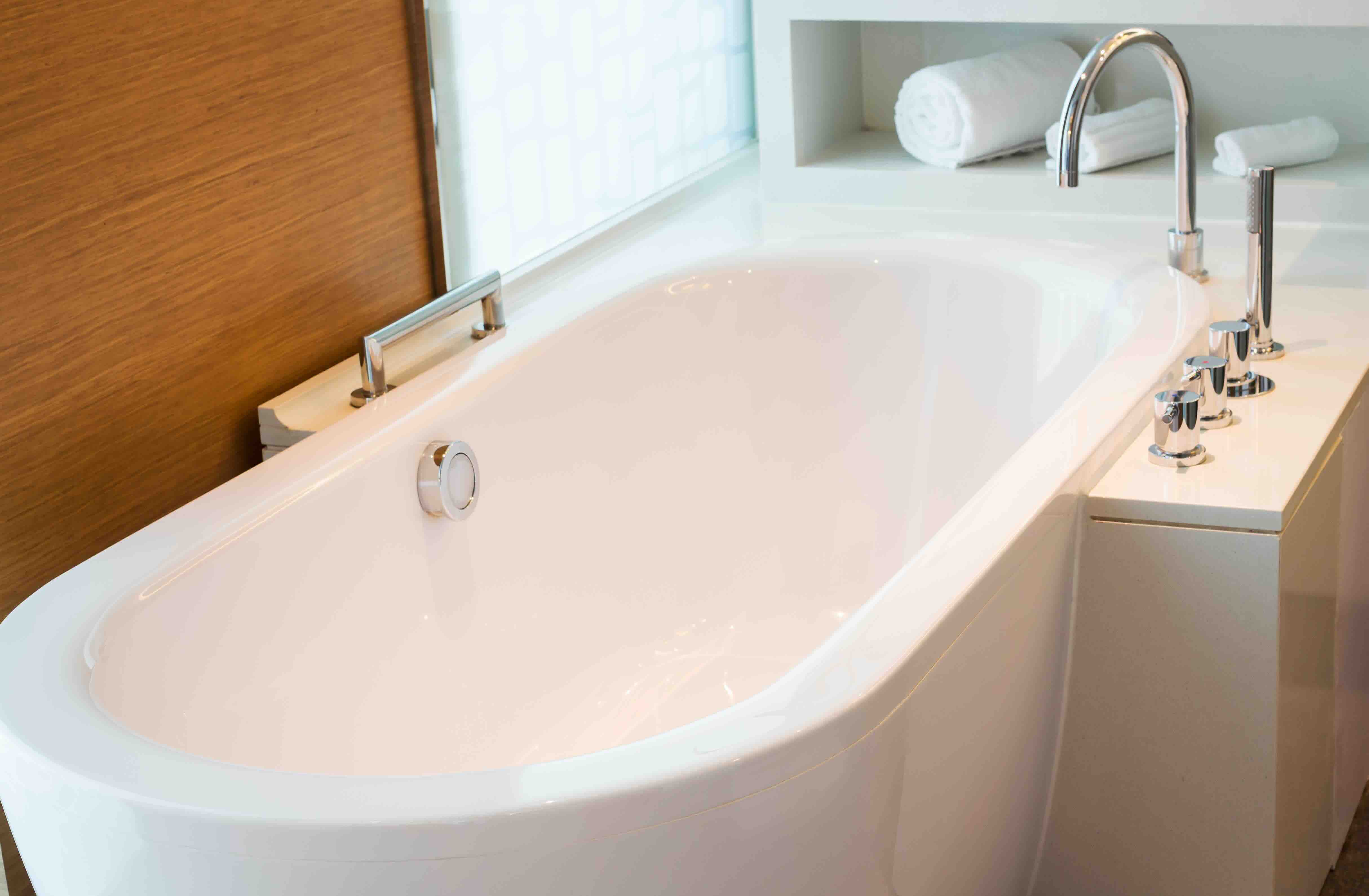

Bathroom Accessories
What Is Bathtub Resurfacing
Published: February 20, 2024
Learn about bathtub resurfacing and how it can transform your bathroom. Discover the benefits of this cost-effective alternative to replacement. #bathroom-accessories
(Many of the links in this article redirect to a specific reviewed product. Your purchase of these products through affiliate links helps to generate commission for Storables.com, at no extra cost. Learn more)
Introduction
Bathtub resurfacing, also known as bathtub refinishing or reglazing, is a cost-effective and efficient way to revitalize the appearance of your bathroom without the need for a full replacement. Over time, bathtubs can become worn, stained, or chipped, detracting from the overall aesthetic of the space. Bathtub resurfacing offers a practical solution to address these issues, providing a fresh and rejuvenated look to your bathroom.
By opting for bathtub resurfacing, homeowners can breathe new life into their existing bathtub, saving both time and money compared to the extensive process of removing and replacing the entire fixture. This approach not only minimizes the disruption caused by construction but also contributes to a more sustainable and eco-friendly home improvement strategy.
In the following sections, we will delve into the intricacies of bathtub resurfacing, exploring the process, benefits, costs, and post-resurfacing maintenance. Whether you are considering a bathroom renovation or seeking to enhance the appeal of your home, understanding the nuances of bathtub resurfacing will empower you to make informed decisions and achieve the desired results for your living space.
Key Takeaways:
- Bathtub resurfacing is a cost-effective and eco-friendly way to revitalize your bathroom without replacing the entire fixture. It offers customization options, extended lifespan, and increased property value, making it a smart investment for homeowners.
- After bathtub resurfacing, gentle cleaning, regular maintenance, and prompt repairs are essential to preserve the newly restored surface. By following these guidelines, homeowners can enjoy a revitalized bathtub for years to come.
Read more: How To Resurface Fireplace
Understanding Bathtub Resurfacing
Bathtub resurfacing, also referred to as refinishing or reglazing, is a process that involves restoring the surface of a bathtub to improve its appearance and functionality. Over time, bathtubs can develop unsightly stains, scratches, or discoloration, detracting from the overall appeal of the bathroom. Bathtub resurfacing offers a practical solution to address these issues, providing a cost-effective alternative to replacing the entire fixture.
During the resurfacing process, the existing bathtub surface is meticulously cleaned and prepared to ensure optimal adhesion of the new coating. Any chips, cracks, or imperfections are repaired to create a smooth and uniform surface. Once the surface preparation is complete, a new coating is applied to the bathtub, transforming its appearance and restoring its functionality.
The materials used in bathtub resurfacing are specifically designed to adhere to the existing surface, creating a durable and long-lasting finish. This process not only enhances the aesthetic appeal of the bathtub but also reinforces its structural integrity, prolonging its lifespan.
One of the key advantages of bathtub resurfacing is the ability to customize the finish to suit the homeowner's preferences. Whether you desire a glossy, matte, or textured surface, resurfacing allows for a wide range of options to achieve the desired look for your bathtub.
Furthermore, bathtub resurfacing can be tailored to address specific issues such as rust or corrosion, providing a comprehensive solution to restore the bathtub to its former glory. This versatility makes resurfacing an attractive option for homeowners looking to rejuvenate their bathroom fixtures without the expense and inconvenience of a full replacement.
Understanding the intricacies of bathtub resurfacing empowers homeowners to make informed decisions regarding their bathroom renovation projects. By recognizing the transformative potential of resurfacing, individuals can breathe new life into their existing bathtubs, enhancing the overall appeal and functionality of their bathrooms.
The Process of Bathtub Resurfacing
Bathtub resurfacing, also known as refinishing or reglazing, involves a meticulous process to restore the surface of a bathtub and enhance its aesthetic appeal. The process typically begins with thorough cleaning and preparation of the existing bathtub surface. This step is crucial to ensure that the new coating adheres effectively and creates a durable finish.
Once the surface is cleaned, any chips, cracks, or imperfections are meticulously repaired to create a smooth and uniform base for the new coating. This step is essential for achieving a flawless end result and ensuring the structural integrity of the bathtub.
After the surface preparation is complete, a new coating is applied to the bathtub. This coating is specifically formulated to adhere to the existing surface, creating a seamless and long-lasting finish. Homeowners have the flexibility to choose the desired finish for their bathtub, whether it's a glossy, matte, or textured surface, allowing for customization to suit their preferences.
The application of the new coating is carried out with precision and expertise to ensure an even and consistent finish. This step requires skill and attention to detail to achieve a professional result that transforms the appearance of the bathtub.
Throughout the resurfacing process, the materials used are carefully selected to meet high standards of quality and durability. This ensures that the resurfaced bathtub not only looks rejuvenated but also maintains its functionality for years to come.
In addition to enhancing the aesthetic appeal of the bathtub, resurfacing can address specific issues such as rust or corrosion, providing a comprehensive solution to restore the bathtub to its former glory. This versatility makes resurfacing an attractive option for homeowners looking to revitalize their bathroom fixtures without the expense and inconvenience of a full replacement.
By understanding the intricacies of the bathtub resurfacing process, homeowners can appreciate the skill and expertise involved in transforming their existing bathtub into a revitalized centerpiece of their bathroom. This process offers a cost-effective and efficient solution to breathe new life into worn or outdated bathtubs, contributing to the overall appeal and functionality of the bathroom space.
Benefits of Bathtub Resurfacing
Bathtub resurfacing offers a multitude of benefits that make it an attractive option for homeowners seeking to rejuvenate their bathroom fixtures. Understanding these advantages can empower individuals to make informed decisions regarding their home improvement projects.
1. Cost-Effectiveness
Bathtub resurfacing presents a cost-effective alternative to replacing the entire fixture. The process of resurfacing eliminates the need for extensive demolition and installation, resulting in significant cost savings for homeowners. By revitalizing the existing bathtub, resurfacing allows individuals to achieve a fresh and updated look without the hefty price tag associated with a full replacement.
Read more: What Grit Sandpaper To Resurface Heads
2. Time Efficiency
Compared to the lengthy process of removing and replacing a bathtub, resurfacing offers a time-efficient solution. The resurfacing process can typically be completed within a day or two, minimizing disruption to the household and allowing homeowners to enjoy their newly rejuvenated bathtub in a relatively short timeframe.
3. Environmental Sustainability
Opting for bathtub resurfacing aligns with sustainable practices by reducing the amount of waste generated from old fixtures. By refurbishing the existing bathtub instead of discarding it, homeowners contribute to environmental conservation and promote a more eco-friendly approach to home renovations.
4. Customization Options
Bathtub resurfacing provides homeowners with the flexibility to customize the finish of their bathtub to suit their preferences. Whether they desire a glossy, matte, or textured surface, resurfacing allows for a wide range of options to achieve the desired look for their bathroom fixture. This customization empowers individuals to tailor the appearance of their bathtub to complement the overall aesthetic of their bathroom.
5. Enhanced Aesthetic Appeal
One of the most compelling benefits of bathtub resurfacing is the transformative impact it has on the overall aesthetic of the bathroom. By addressing issues such as stains, scratches, and discoloration, resurfacing revitalizes the appearance of the bathtub, contributing to a fresh and inviting atmosphere in the bathroom space.
Read more: How To Resurface Rotors With Sandpaper
6. Extended Lifespan
Through the process of resurfacing, the structural integrity of the bathtub is reinforced, prolonging its lifespan. The new coating applied during resurfacing not only enhances the appearance of the bathtub but also provides a durable and long-lasting finish, ensuring that the fixture remains functional for years to come.
7. Increased Property Value
For homeowners considering selling their property, bathtub resurfacing can enhance the overall appeal of the bathroom, contributing to increased property value. A rejuvenated bathtub adds to the visual appeal of the bathroom, making a positive impression on potential buyers and improving the marketability of the home.
By recognizing the numerous benefits of bathtub resurfacing, homeowners can make informed decisions that align with their budget, timeline, and aesthetic preferences. This cost-effective and efficient solution offers a transformative approach to revitalizing the bathroom space, contributing to a more appealing and functional home environment.
Cost of Bathtub Resurfacing
The cost of bathtub resurfacing is a significant consideration for homeowners seeking to rejuvenate their bathroom fixtures while staying within budget. The overall cost of resurfacing can vary based on several factors, including the size and condition of the bathtub, the complexity of the project, and the geographical location. Understanding the cost components of bathtub resurfacing can empower individuals to make informed decisions and effectively plan for their home improvement projects.
The average cost of bathtub resurfacing typically ranges from $300 to $600, with variations based on the aforementioned factors. Larger bathtubs or those requiring extensive repairs may incur higher costs, while smaller or less complex projects may fall on the lower end of the price spectrum. Additionally, the geographical location can influence the cost, with urban areas often commanding higher prices compared to suburban or rural regions.
In addition to the size and condition of the bathtub, the type of finish selected for the resurfacing project can impact the overall cost. Customized finishes, such as textured or specialty coatings, may entail additional expenses compared to standard finishes. Homeowners should consider their preferences for the bathtub's appearance and factor in any associated costs when budgeting for the resurfacing project.
It's important to note that while the initial cost of bathtub resurfacing may seem higher than DIY solutions or temporary fixes, such as bathtub liners, the long-term value and durability of professional resurfacing justify the investment. Professional resurfacing ensures a high-quality and long-lasting finish, contributing to the overall appeal and functionality of the bathtub for years to come.
When evaluating the cost of bathtub resurfacing, homeowners should also consider the potential savings compared to a full bathtub replacement. The cost of removing and replacing a bathtub, including demolition, installation, and associated plumbing work, can amount to several thousand dollars. By opting for resurfacing, homeowners can achieve a refreshed and updated bathtub at a fraction of the cost of replacement, making it a cost-effective and budget-friendly solution for bathroom renovations.
Ultimately, the cost of bathtub resurfacing represents an investment in the overall aesthetic and functionality of the bathroom space. By understanding the cost factors and weighing the long-term value of professional resurfacing, homeowners can make informed decisions that align with their budget and desired outcomes for their home improvement projects.
Maintenance and Care After Bathtub Resurfacing
After investing in bathtub resurfacing to rejuvenate the appearance and functionality of your bathtub, it's essential to implement proper maintenance and care practices to preserve the newly restored surface and ensure its longevity. By following these guidelines, you can maximize the benefits of the resurfacing process and enjoy a revitalized bathtub for years to come.
Read more: How To Resurface An Asphalt Driveway
1. Gentle Cleaning Products
To maintain the pristine finish of the resurfaced bathtub, it's crucial to use gentle, non-abrasive cleaning products. Avoid harsh chemicals, abrasive sponges, or scouring pads that can damage the new coating. Opt for mild, non-abrasive cleaners and soft cloths to clean the bathtub surface effectively while preserving its luster.
2. Regular Cleaning Routine
Establishing a regular cleaning routine is essential for preserving the appearance of the resurfaced bathtub. Wipe down the surface after each use to prevent the buildup of soap scum, mineral deposits, or other residues. By incorporating regular cleaning into your bathroom maintenance routine, you can prevent the accumulation of grime and maintain the bathtub's rejuvenated appearance.
3. Avoiding Impact and Sharp Objects
To protect the newly resurfaced bathtub surface, it's important to avoid impacts and sharp objects that can cause scratches or chips. Be mindful of items that could potentially damage the coating, and take precautions to prevent accidental impacts or scratches. By exercising care and caution, you can preserve the pristine finish of the resurfaced bathtub.
4. Prompt Repairs
In the event of any accidental damage or wear over time, it's advisable to address repairs promptly to prevent further deterioration of the resurfaced surface. Contact a professional bathtub resurfacing specialist to assess and repair any chips, scratches, or imperfections. Timely repairs can help maintain the integrity of the bathtub's surface and prevent minor issues from escalating.
Read more: What Is A Bathtub?
5. Non-Slip Mats and Cushioned Bath Accessories
To safeguard the resurfaced bathtub surface and enhance safety, consider using non-slip mats and cushioned bath accessories. These additions not only provide a comfortable bathing experience but also help protect the new coating from potential damage caused by slipping or impact from bath accessories.
By adhering to these maintenance and care practices, you can safeguard the investment made in bathtub resurfacing and enjoy a revitalized bathtub that maintains its aesthetic appeal and functionality over time. Implementing these guidelines as part of your regular bathroom maintenance routine will contribute to the long-term preservation of the resurfaced bathtub, ensuring that it remains a focal point of your bathroom for years to come.
Conclusion
In conclusion, bathtub resurfacing offers a transformative and cost-effective solution for homeowners seeking to revitalize their bathroom fixtures. The process of resurfacing, also known as refinishing or reglazing, involves restoring the surface of a bathtub to enhance its appearance and functionality. By understanding the intricacies of bathtub resurfacing, individuals can make informed decisions that align with their budget, timeline, and aesthetic preferences.
The benefits of bathtub resurfacing are multifaceted, encompassing cost-effectiveness, time efficiency, environmental sustainability, customization options, enhanced aesthetic appeal, extended lifespan, and increased property value. These advantages make resurfacing an attractive option for homeowners looking to breathe new life into their bathroom space while minimizing the disruption and expense associated with a full bathtub replacement.
Furthermore, the process of resurfacing involves meticulous surface preparation, application of a new coating, and customization options to achieve the desired finish for the bathtub. The materials used in resurfacing are carefully selected to ensure durability and long-lasting results, contributing to the overall appeal and functionality of the bathtub.
When considering the cost of bathtub resurfacing, homeowners should weigh the initial investment against the long-term value and savings compared to a full replacement. Professional resurfacing offers a high-quality and durable finish, making it a worthwhile investment in the overall aesthetic and functionality of the bathroom space.
After investing in bathtub resurfacing, implementing proper maintenance and care practices is essential to preserve the newly restored surface and ensure its longevity. By using gentle cleaning products, establishing a regular cleaning routine, avoiding impacts and sharp objects, addressing repairs promptly, and utilizing non-slip mats and cushioned bath accessories, homeowners can safeguard the investment made in resurfacing and enjoy a revitalized bathtub for years to come.
In essence, bathtub resurfacing represents a practical and sustainable approach to bathroom renovation, offering homeowners the opportunity to achieve a fresh and updated look while contributing to environmental conservation. By embracing the benefits of resurfacing and adhering to maintenance guidelines, individuals can transform their existing bathtubs into rejuvenated focal points of their bathrooms, enhancing the overall appeal and functionality of their living spaces.
Frequently Asked Questions about What Is Bathtub Resurfacing
Was this page helpful?
At Storables.com, we guarantee accurate and reliable information. Our content, validated by Expert Board Contributors, is crafted following stringent Editorial Policies. We're committed to providing you with well-researched, expert-backed insights for all your informational needs.
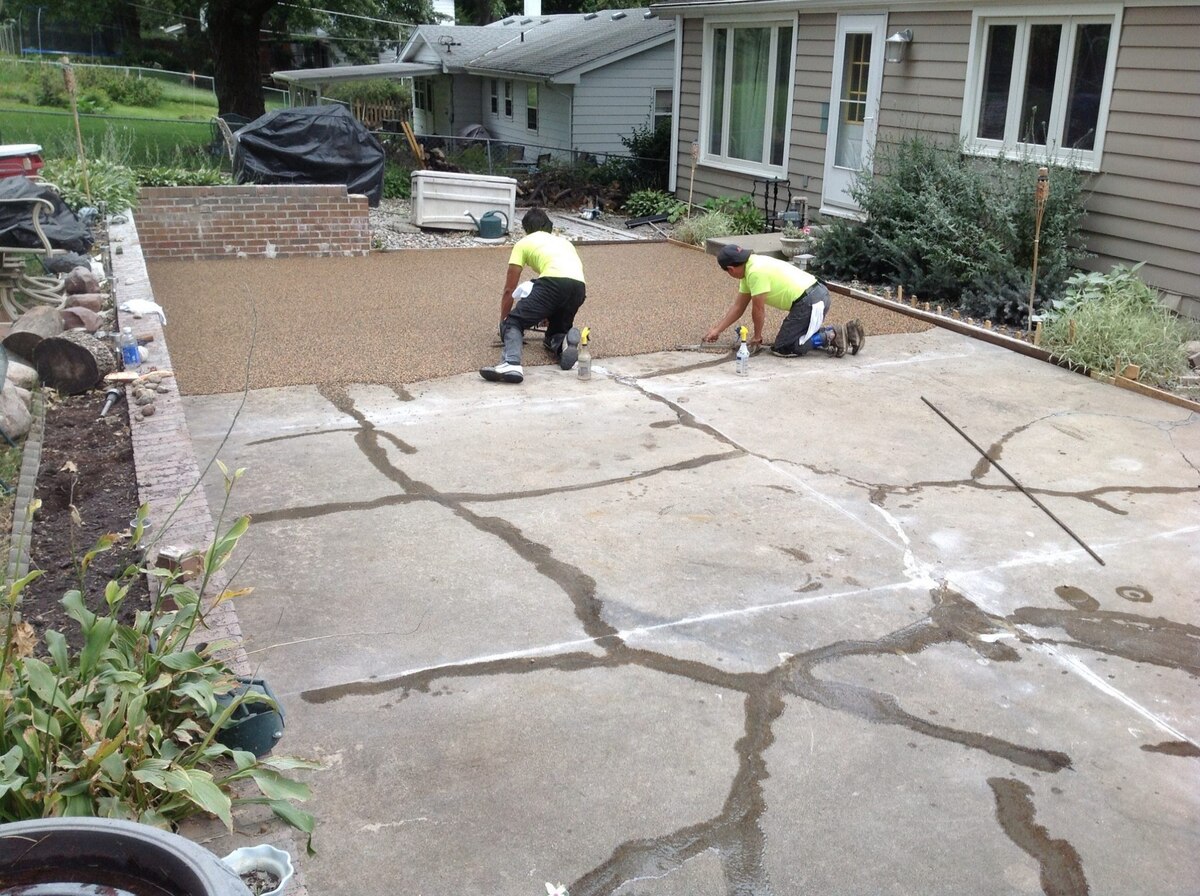
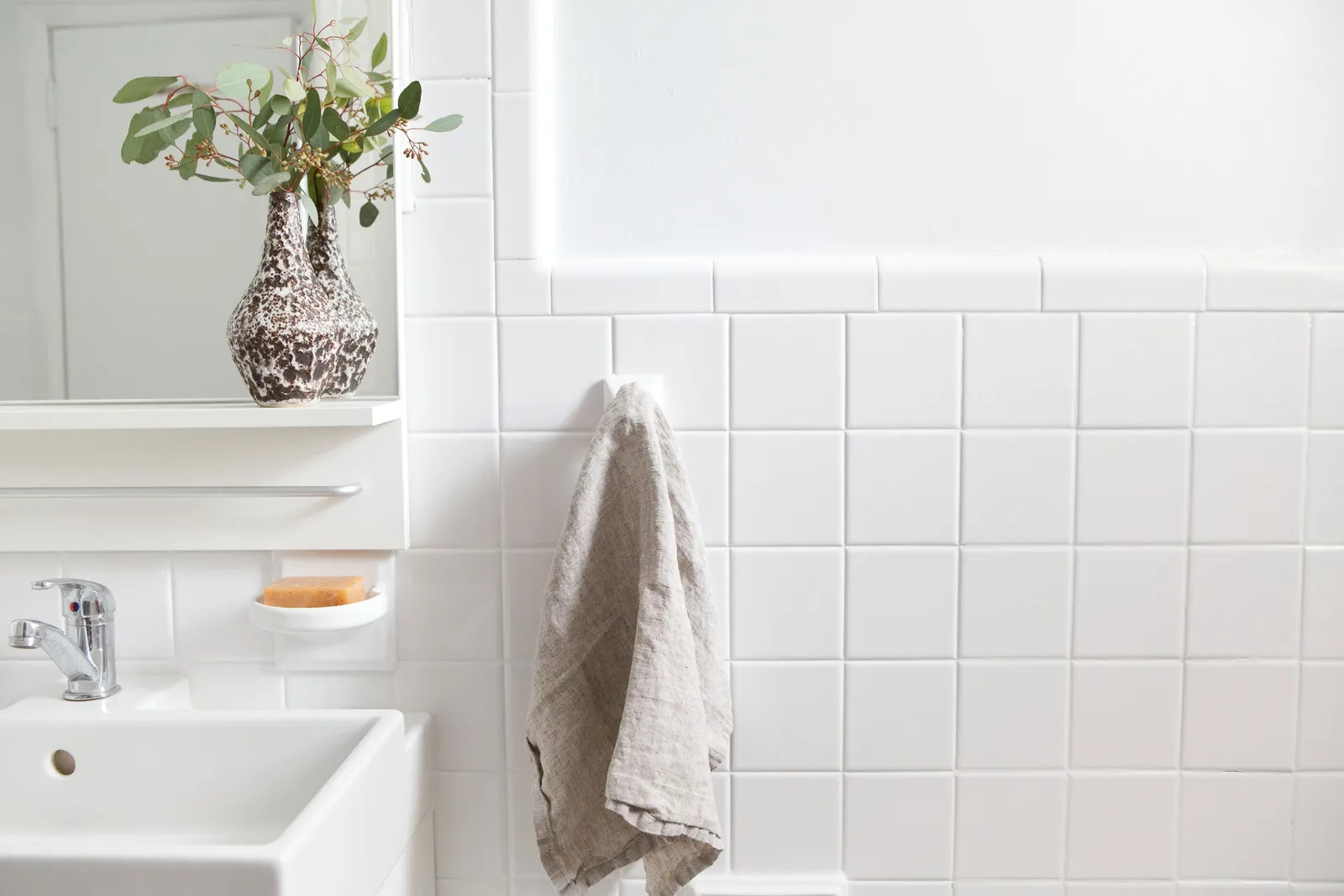
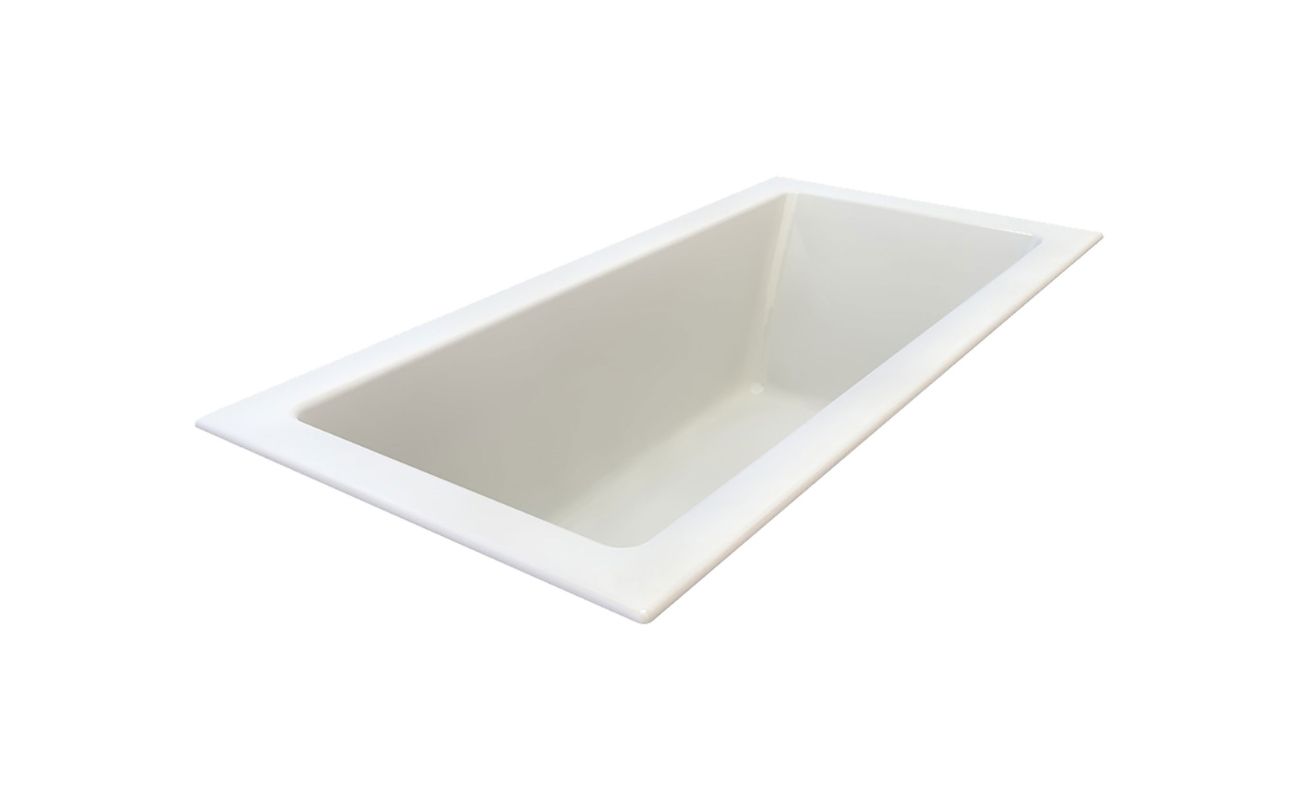
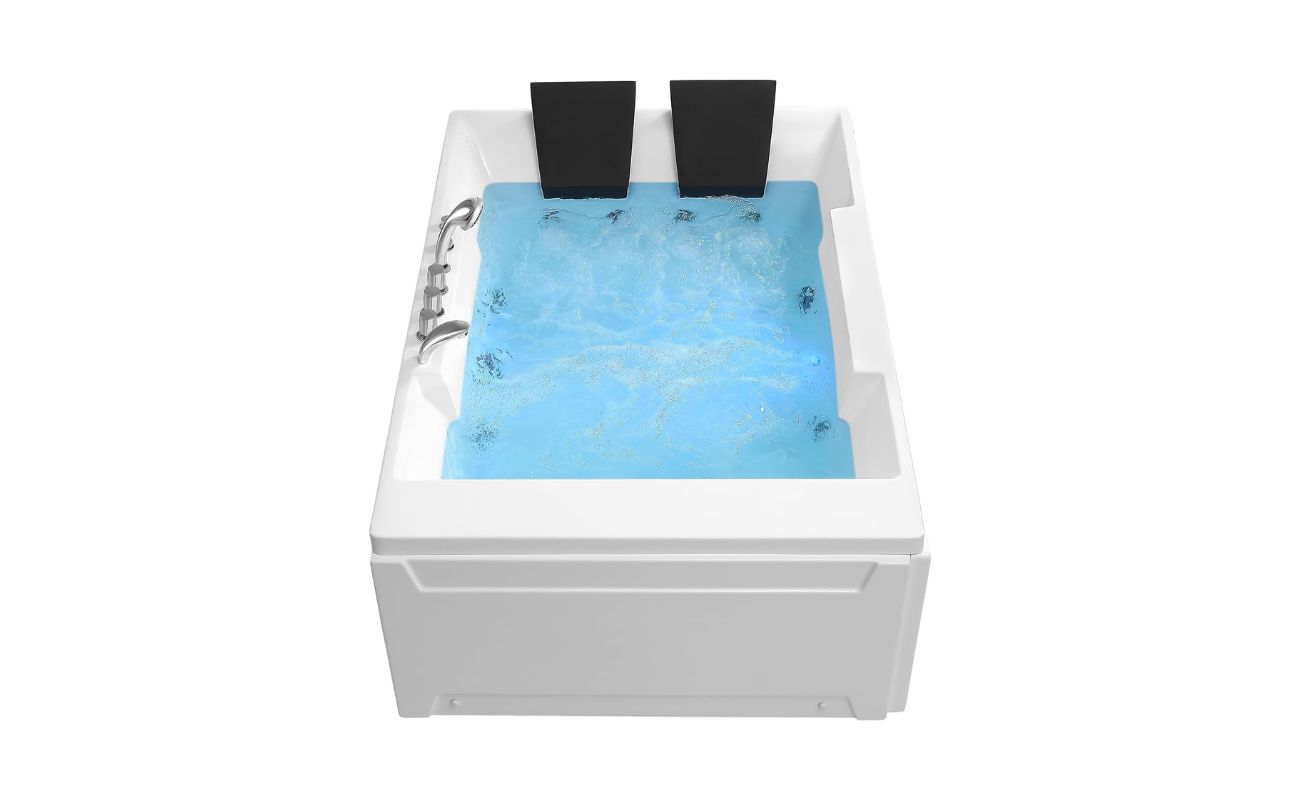
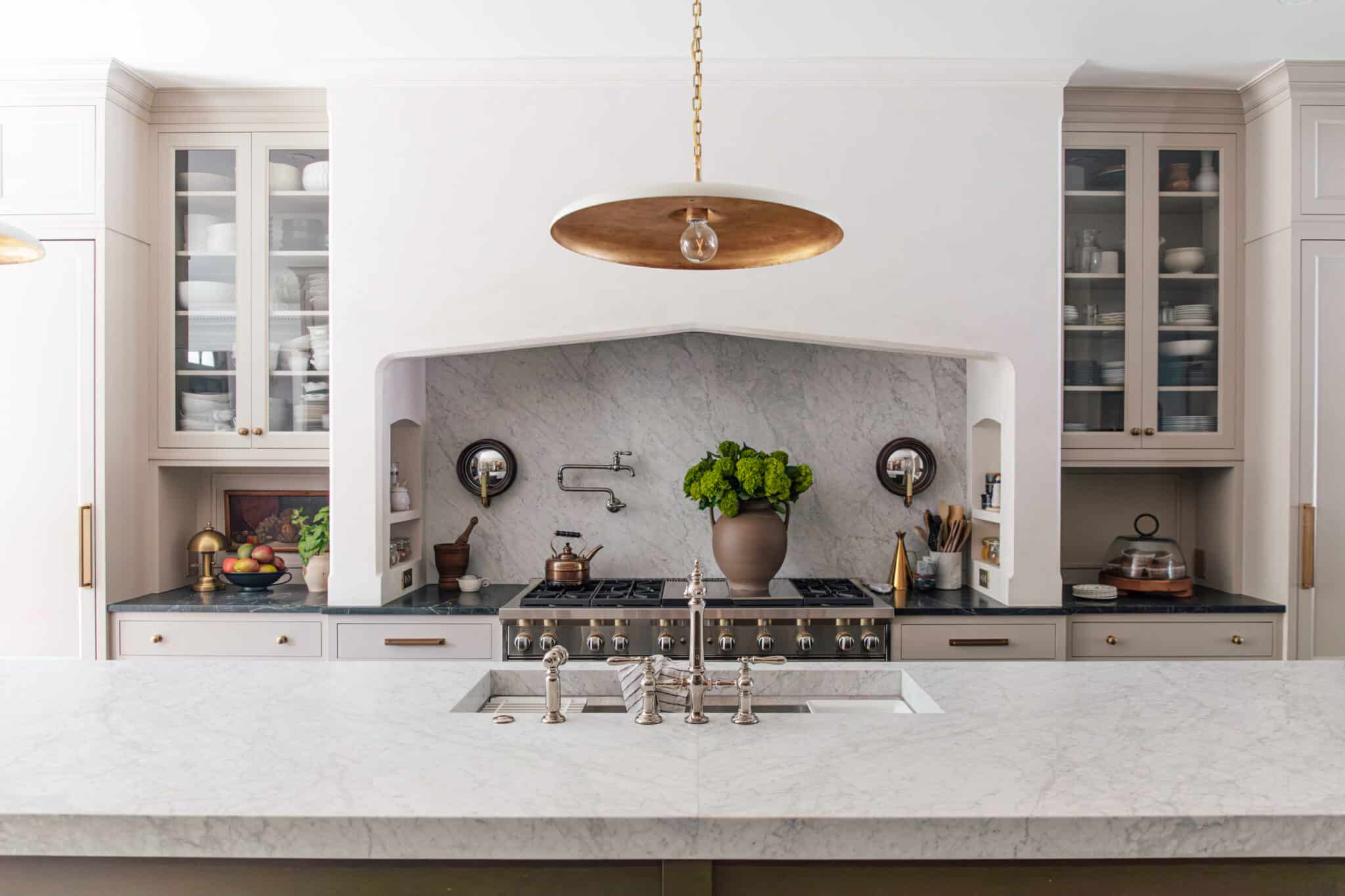
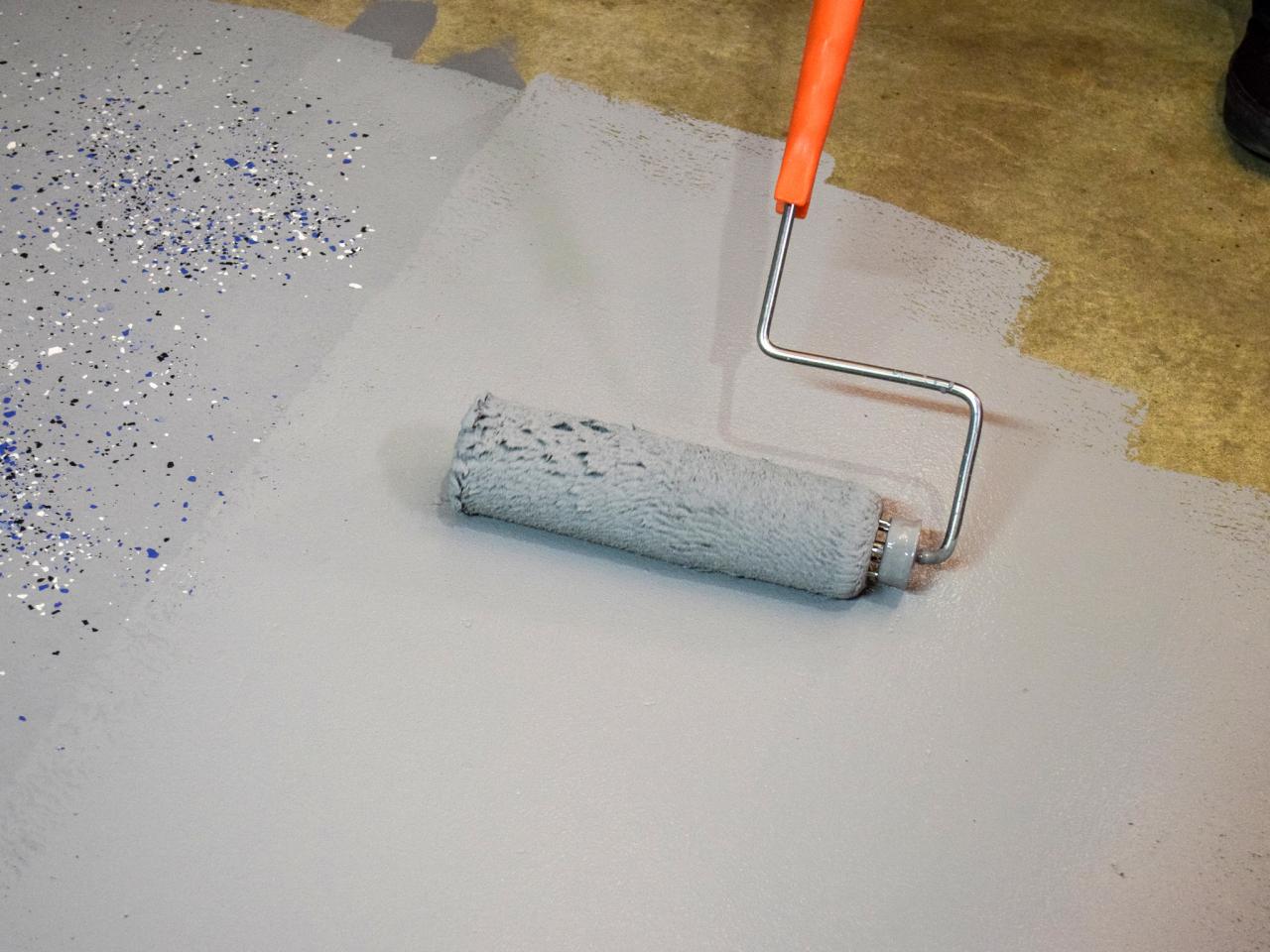
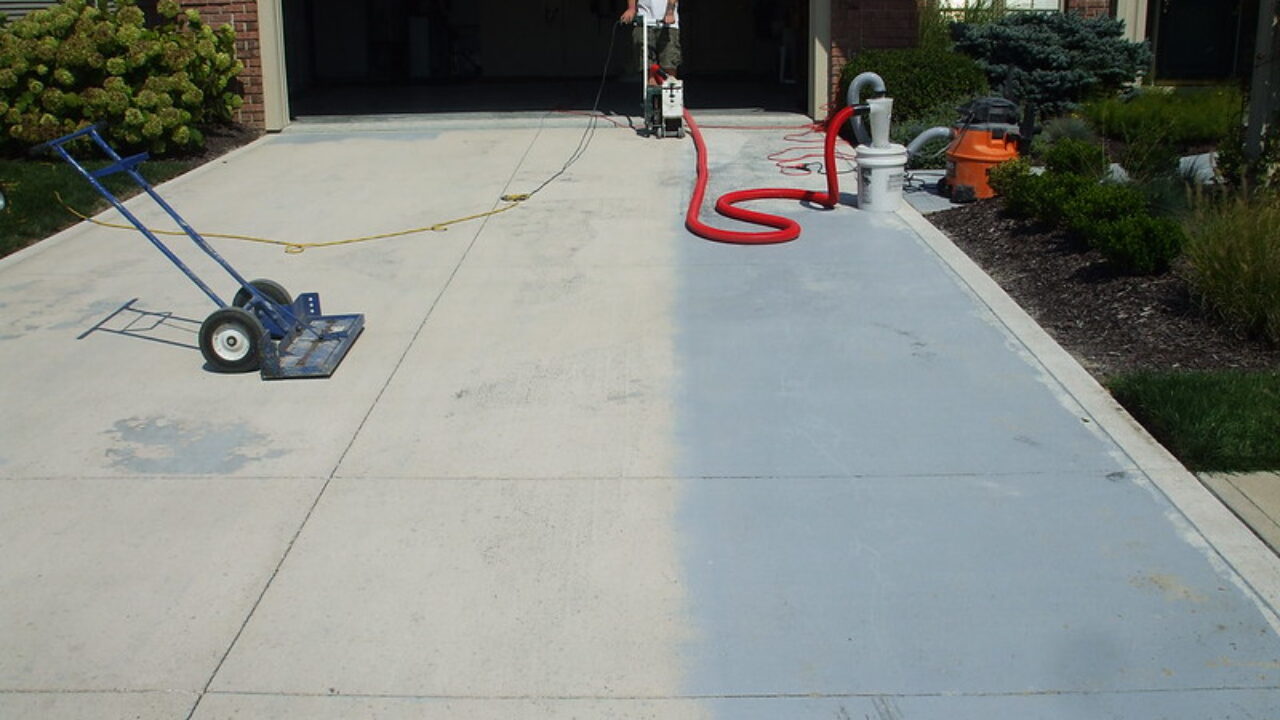
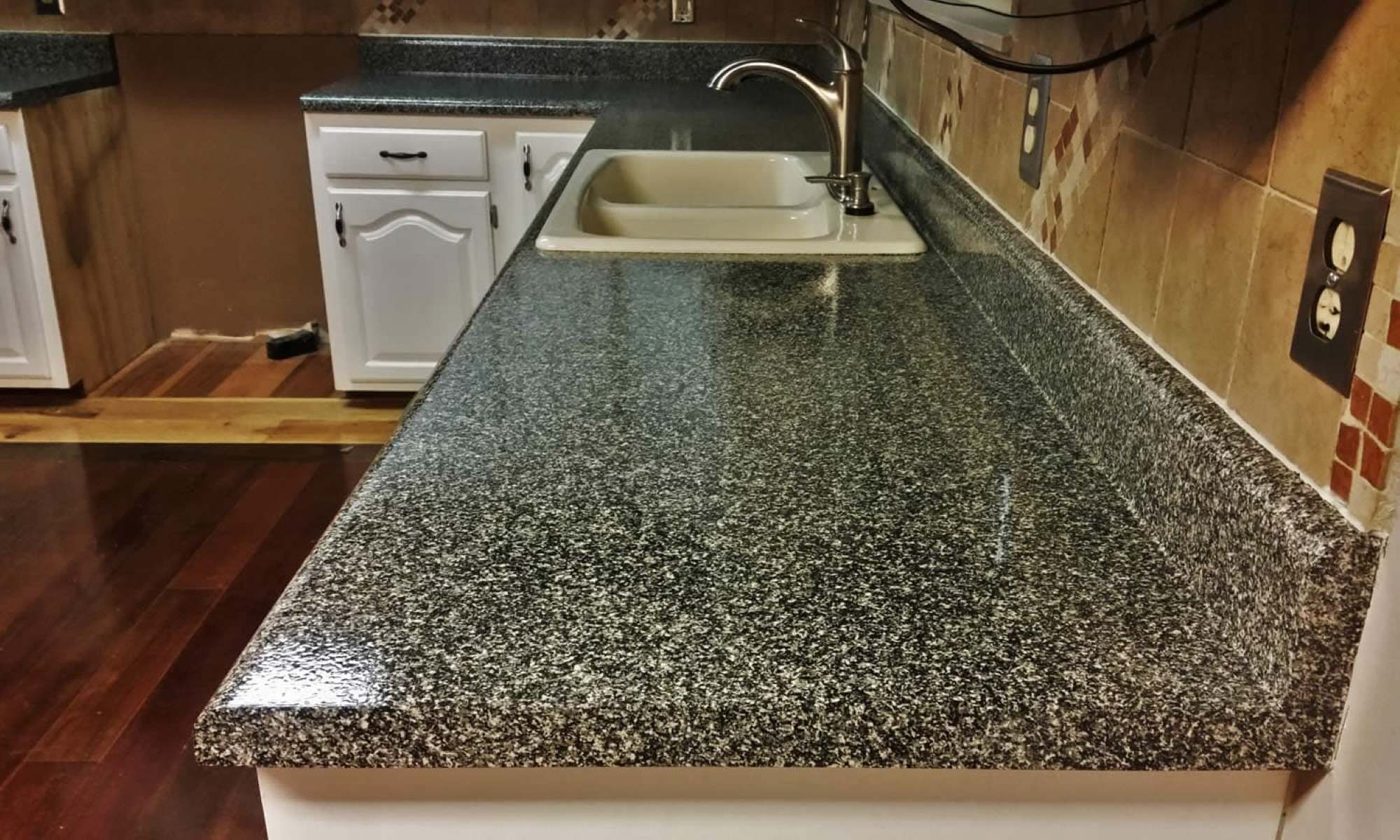
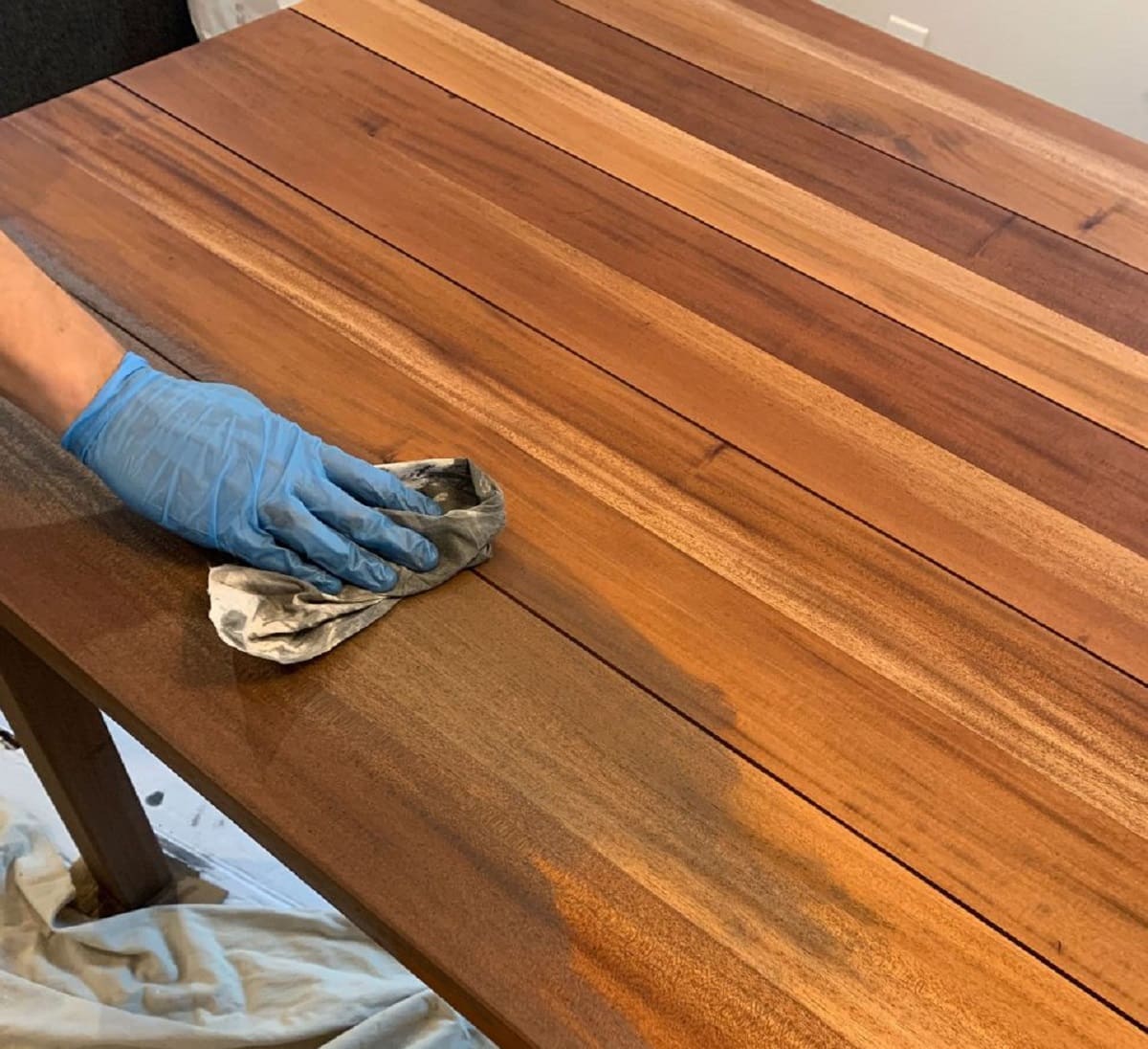
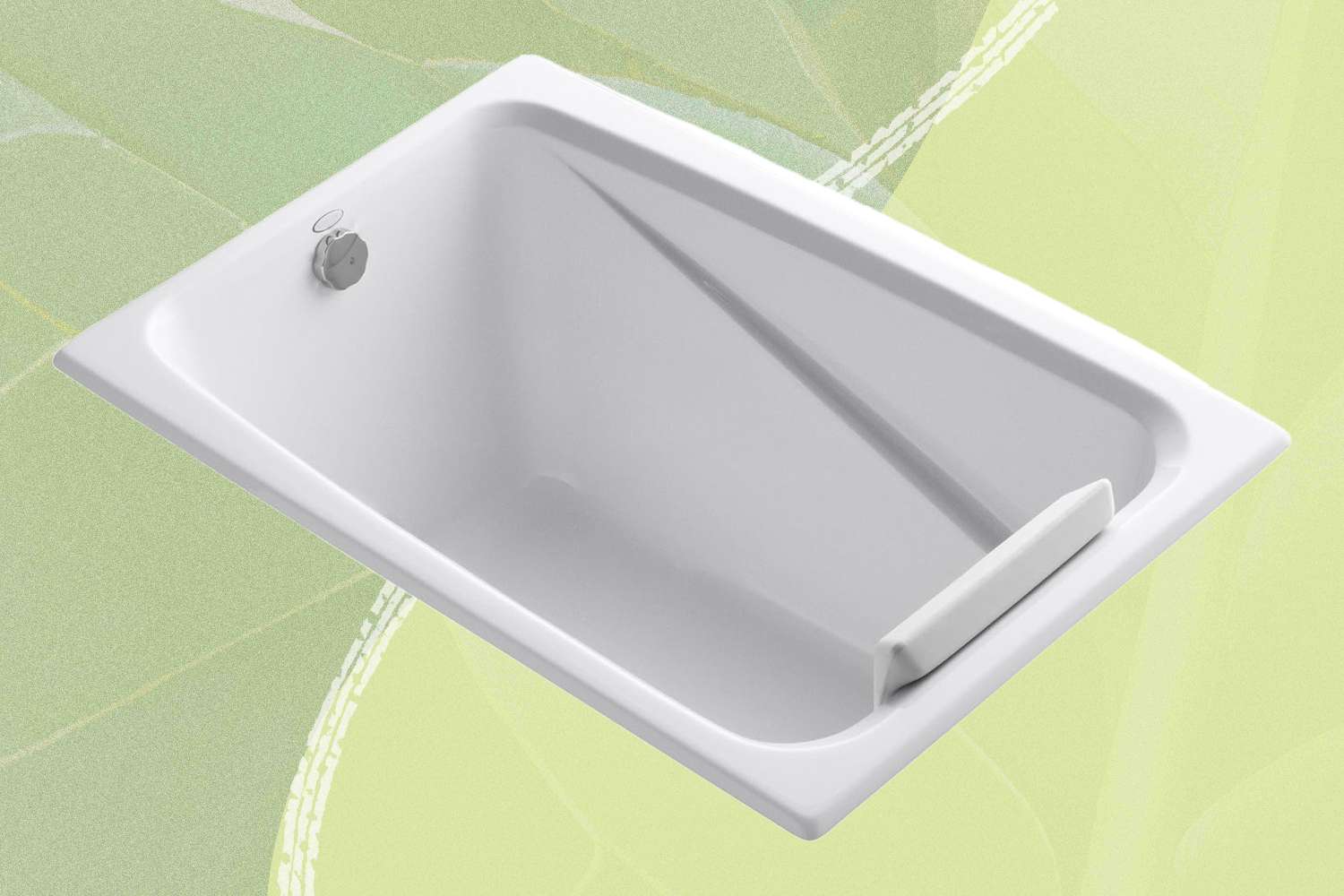
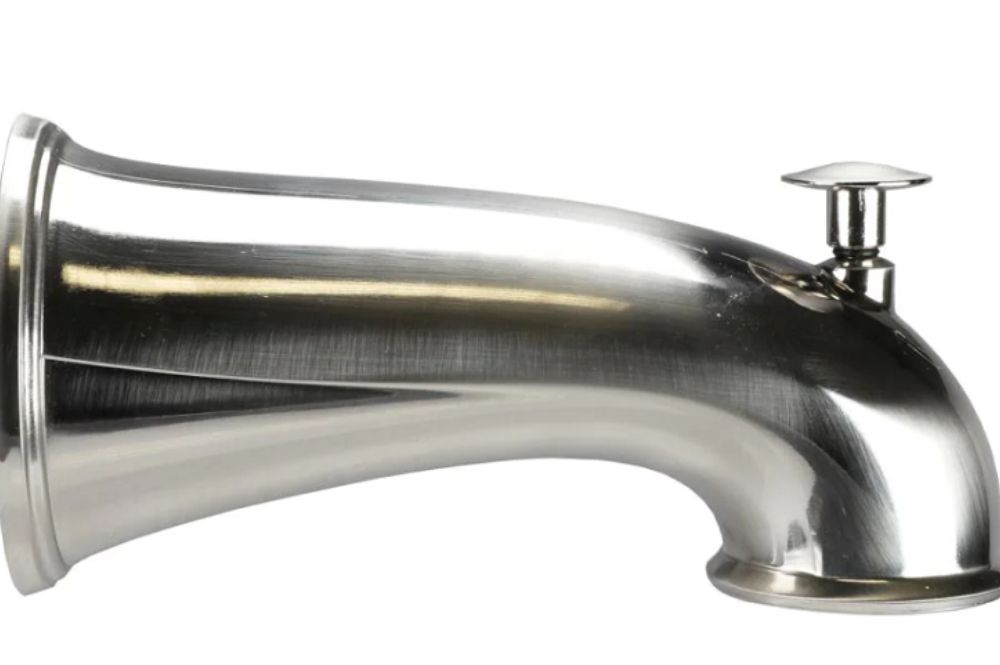

0 thoughts on “What Is Bathtub Resurfacing”